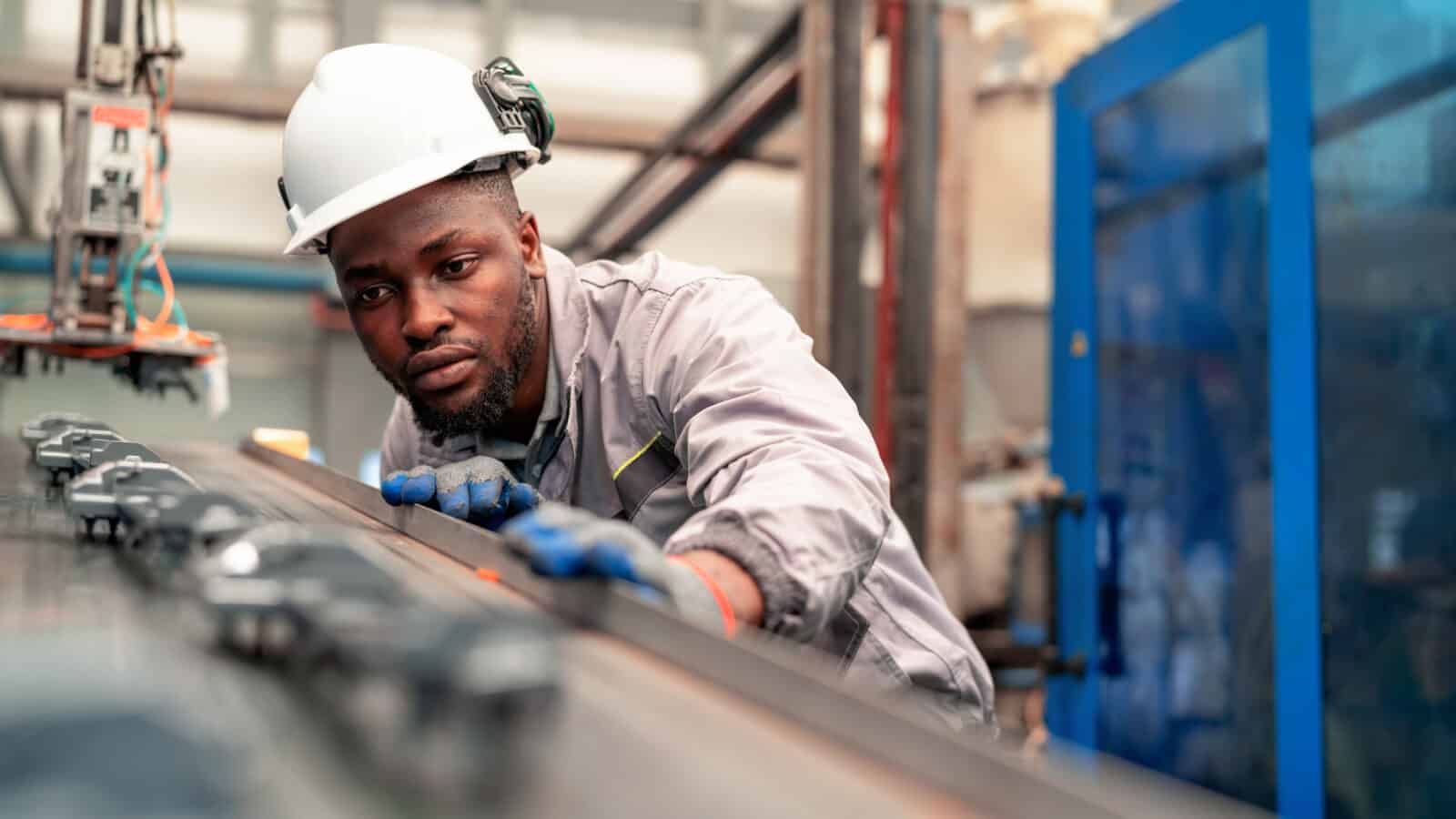North America to Double LNG Exports by 2029

North America could more than double its export capacity within the next four years (The Energy Information Administration).
- North American liquefied natural gas exporters will add an estimated 13.9 billion cubic feet per day (Bcf/d) during that time period.
- The U.S. is already the largest LNG exporter in the world.
Building fast: “LNG export capacity in North America is on track to increase from 11.4 Bcf/d at the beginning of 2024 to 28.7 Bcf/d in 2029, if projects currently under construction begin operations as planned.”
- “Exporters in Canada and Mexico have announced plans to add 2.5 Bcf/d and 0.6 Bcf/d of capacity over the same period, respectively.”
World-beating: The increase in North American export capacity will make up more than 50% of expected global additions through 2029, according to the International Energy Agency.
The U.S.: Much of the planned increase in capacity will be concentrated on the U.S. Gulf Coast, “already the largest hub for LNG exports in the Atlantic Basin.” While several new terminals have come online, with more on the way, delays in the construction of pipelines to serve those terminals remain a concern.
The American terminals: Among the already open terminals, “Plaquemines LNG Phase 1 shipped its first cargo in December 2024. Plaquemines LNG Phase 2 and Corpus Christi Stage III began shipping cargoes earlier in 2025, but they have not yet begun commercial operation.” Meanwhile, five more projects are under construction:
- Port Arthur LNG Phase 1 (1.6 Bcf/d)
- Rio Grande LNG (2.1 Bcf/d)
- Woodside Louisiana LNG (2.2 Bcf/d)
- Golden Pass LNG (2.1 Bcf/d)
- CP2 Phase 1 (2.0 Bcf/d)
Canada: While they lag behind the U.S., both Canada and Mexico are also building out further capacity.
- In July, “LNG Canada—the nation’s first LNG export terminal—shipped its first cargo from Train 1 after achieving first LNG production in late June.” The project is slated to reach full capacity, a combined 1.84 Bcf/d from two liquefaction trains (0.9 Bcf/d per train), by 2026, then double its capacity thanks to an expansion slated to come online after 2029.
- Meanwhile, two projects are under construction on Canada’s west coast, where they will have easy access to Asian markets. Woodfibre LNG, scheduled to start exports in 2027, and Cedar LNG, a floating LNG project expected to start exporting in 2028, have a combined capacity of 0.7 Bcf/d.
Mexico: Two Mexican projects are also under construction: the Fast LNG Altamira Floating LNG production vessel on the east coast of Mexico and Energía Costa Azul on its west coast. Both projects will acquire feedgas from U.S. sources and will have a combined capacity of 0.6 Bcf/d.
The NAM at work: The NAM has led the charge to unleash U.S. LNG exports, advocating against the Biden administration’s export ban.
- In an influential study, the NAM showed that the U.S. LNG export industry has the potential to support more than 900,000 jobs and add $216 billion to the U.S. gross domestic product by 2044.
- The Trump administration reversed the ban, thanks in large part to the NAM’s advocacy, and cited the NAM’s research in its own May report, the last hurdle before it restarted the issuing of final orders for pending export applications.
The NAM says: “This projection by the EIA confirms what the NAM has long argued about the dramatic benefits of LNG exports for job creation and economic development in the U.S.,” said Director of Energy and Resources Policy Michael Davin. “LNG exports are critical to American energy dominance.”
The final word: At the second annual Louisiana Energy Security Summit hosted by Sen. Bill Cassidy (R-LA) in New Orleans, NAM President and CEO Jay Timmons highlighted the vital role of LNG exports in America’s all-of-the-above energy strategy:
- “Manufacturers are on the front lines of America’s oil and gas industry—from pipelines to LNG infrastructure,” Timmons said. “North America is on track to double LNG exports by 2029, and that means more jobs, stronger supply chains and renewed U.S. energy leadership.”
- “We celebrated when President Trump lifted that ban on his first day in office,” Timmons said. “We asked him to do that before he came in, and we were pretty pleased when he did that.”
